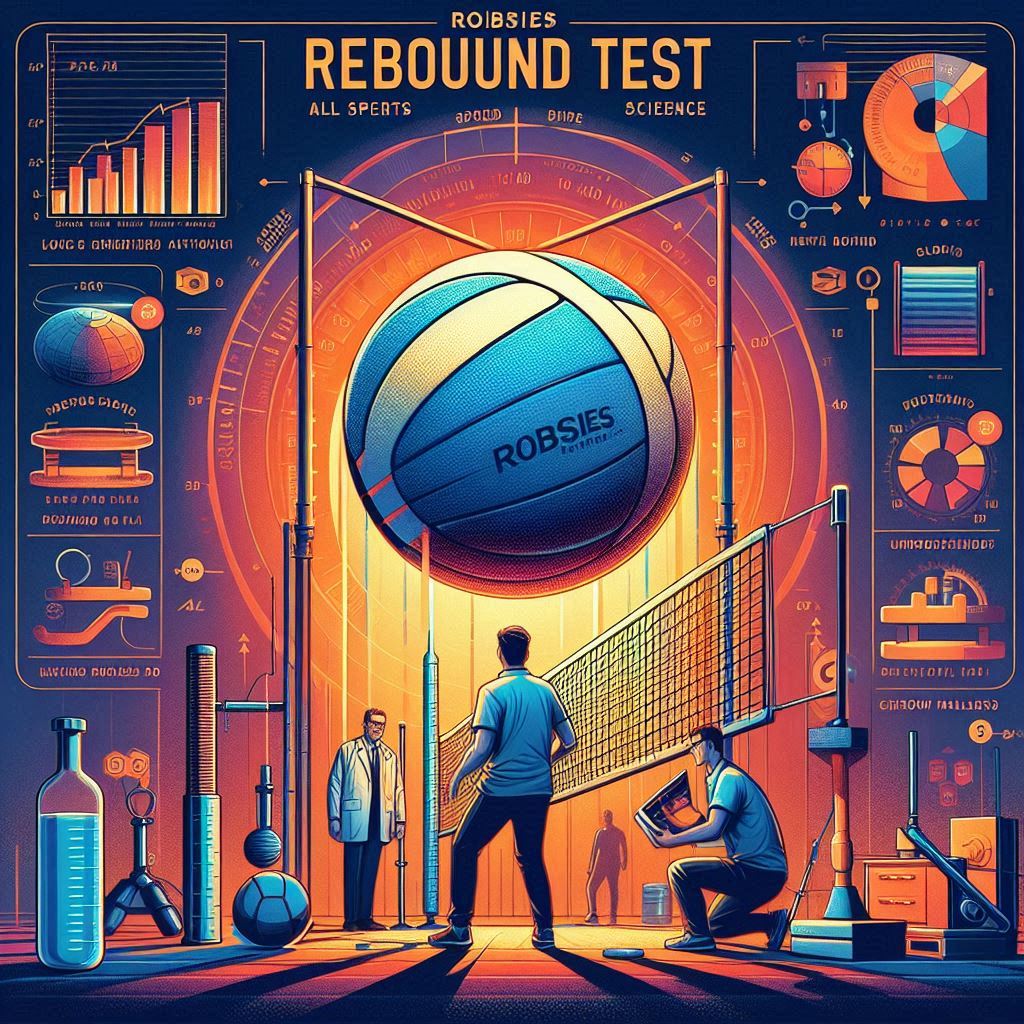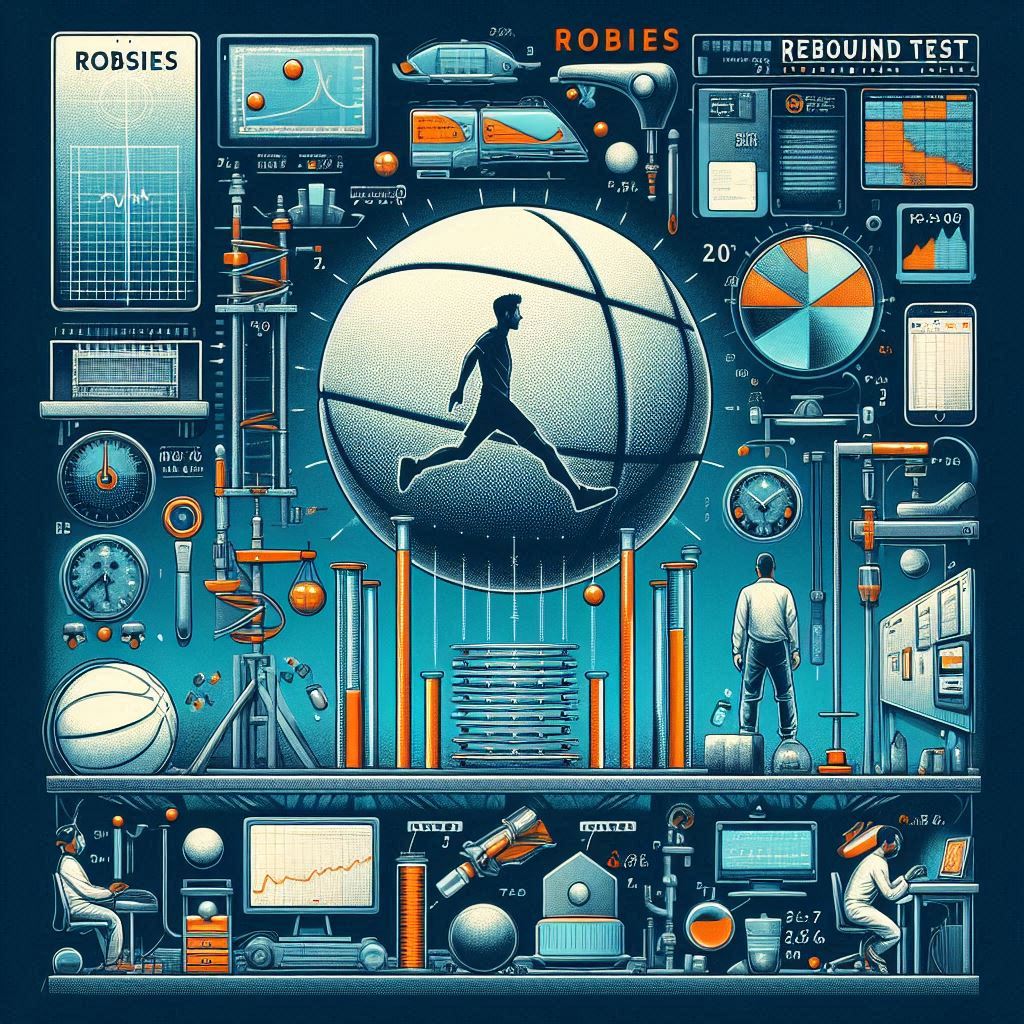Introduction
The Robsies Rebound Test is a method to check how a ball bounces. It measures key factors like speed, height, and force. This test is widely used in sports and science to improve ball design and ensure fair play. Engineers, scientists, and sports experts rely on it to study different materials and surfaces. Understanding the physics behind bouncing helps in creating better balls and playing surfaces. The test is simple to perform and can be done at home or in a lab. By following proper steps and considering factors like ball type, floor material, and air pressure, we can ensure accurate results. Whether for learning, improving sports equipment, or conducting scientific experiments, the Robsies Rebound Test is a valuable tool for everyone.
What is Robsies Rebound Test?
Robsies Rebound Test checks how a ball bounces. It measures speed, height, and force. People use this test for sports and science. It helps in making better balls. This test is very simple. More:
The test tells us how different balls react when they hit the ground. Each ball has different materials. Some bounce more than others. Scientists and sports experts study these bounces. They make sure balls meet game rules.

Why is Robsies Rebound Test Important?
This test helps in many ways. It improves ball design. It makes games fair. It helps in physics studies. Many companies use it. Scientists like it too.
Ball makers need to test bounce. If a ball does not bounce right, players may not like it. This test also helps engineers. They create safe sports surfaces. A good bounce makes games more exciting. A fair test makes sports fair.
How to Perform Robsies Rebound Test?
Step 1: Gather Materials
Take a ball. Use a hard surface. Find a ruler. Get a camera if needed.
You need the right setup. A ruler helps measure bounce height. A camera helps record results. The floor must be hard and flat. Soft floors change the bounce.
Step 2: Drop the Ball
Hold the ball high. Drop it without force. Let it bounce.
Hold the ball at the same height every time. Do not push it. Gravity will do the work. A steady drop gives better results.
Step 3: Measure the Bounce
Look at how high it goes. Use the ruler. Take notes.
Check where the ball reaches after bouncing. Some balls bounce higher than others. Record each bounce. Compare with other tests.
Step 4: Repeat the Test
Do it many times. Check the results. Compare them.
A single test is not enough. Bounces may change. Do the test many times. Find the average height. More tests mean better accuracy. Moreover:

Factors That Affect Robsies Rebound Test
Many things change the bounce. The ball type matters. The floor type matters. The air inside the ball matters. Temperature changes the bounce too.
A soft ball may not bounce high. A rubber ball bounces more. A rough floor absorbs energy. A smooth floor gives more bounce. Cold balls bounce less. Warm balls bounce more.
Best Balls for Robsies Rebound Test
Some balls bounce more. Rubber balls bounce high. Tennis balls bounce less. Basketballs bounce well. Ping pong balls are light.
Different balls have different materials. A basketball has air inside. A ping pong ball is light. A rubber ball is stretchy. The best ball depends on the test. Some tests need high bounce. Some need low bounce.
How Science Helps in Robsies Rebound Test?
Physics explains bouncing. Gravity pulls balls down. Force makes them rise. Energy moves between ball and floor. Air slows the bounce. Different surfaces change results.
When a ball hits the ground, energy transfers. A hard floor keeps energy. A soft floor absorbs it. Air inside changes bounce power. The more we understand science, the better we control bounces.
Common Questions About Robsies Rebound Test
Does a heavy ball bounce more?
No, light balls bounce better.
Heavy balls hit harder but do not bounce more. Light balls return energy better.
Does a soft floor affect the test?
Yes, soft floors reduce bounce.
Carpets absorb energy. Hard floors reflect it. The test must use the same floor each time.
Does air pressure change results?
Yes, more air inside makes higher bounces.
A flat ball bounces less. A fully pumped ball bounces more. Air pressure is important. DoFollow:

Conclusion
Robsies Rebound Test is simple. It helps in sports and science. It makes better balls. Try it at home. It is fun and easy!
This test is useful for learning. It teaches about materials. It shows how surfaces change results. It is great for students. It is important for sports. Anyone can try it. It is a fun way to learn physics!
855-771-2780 How to Use This Toll-Free Number for Assistance



